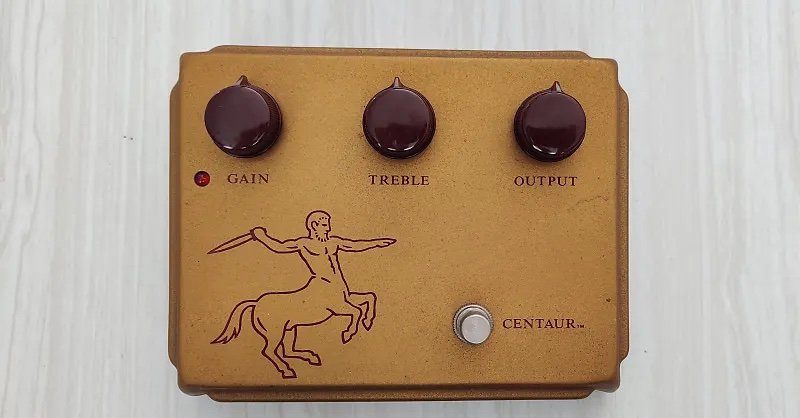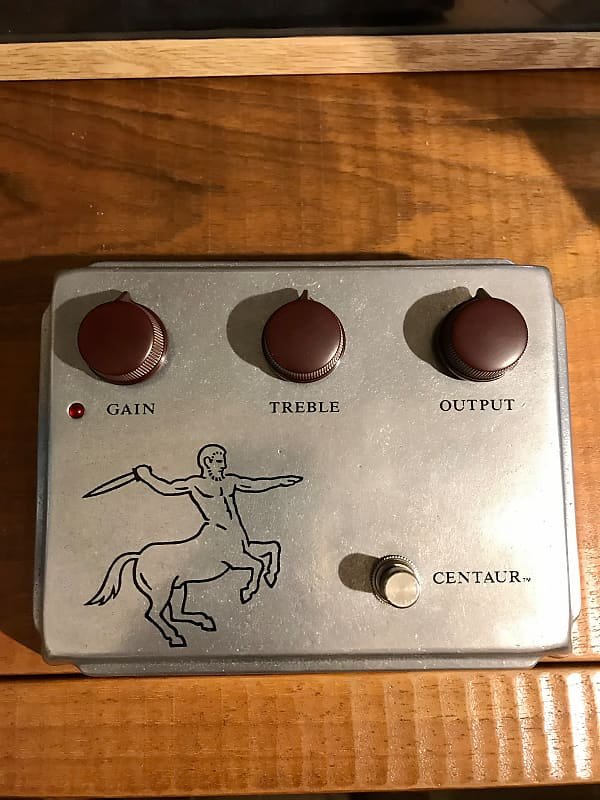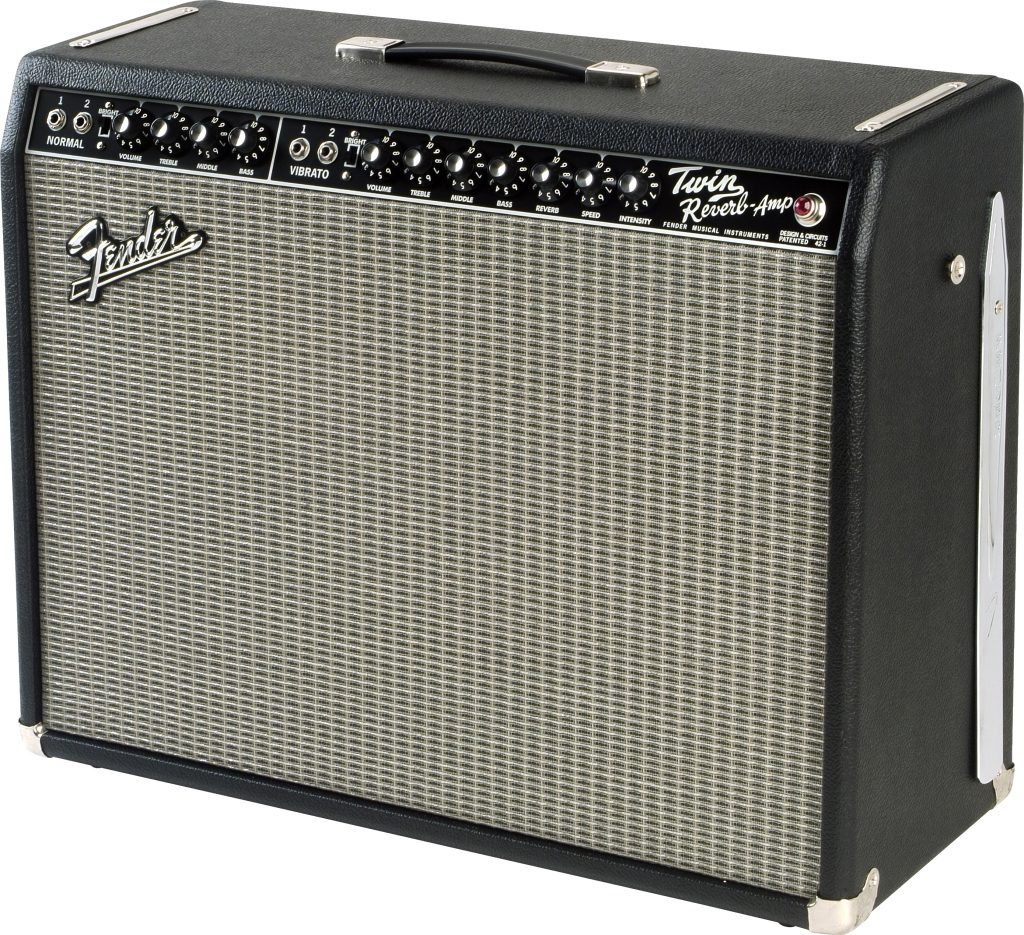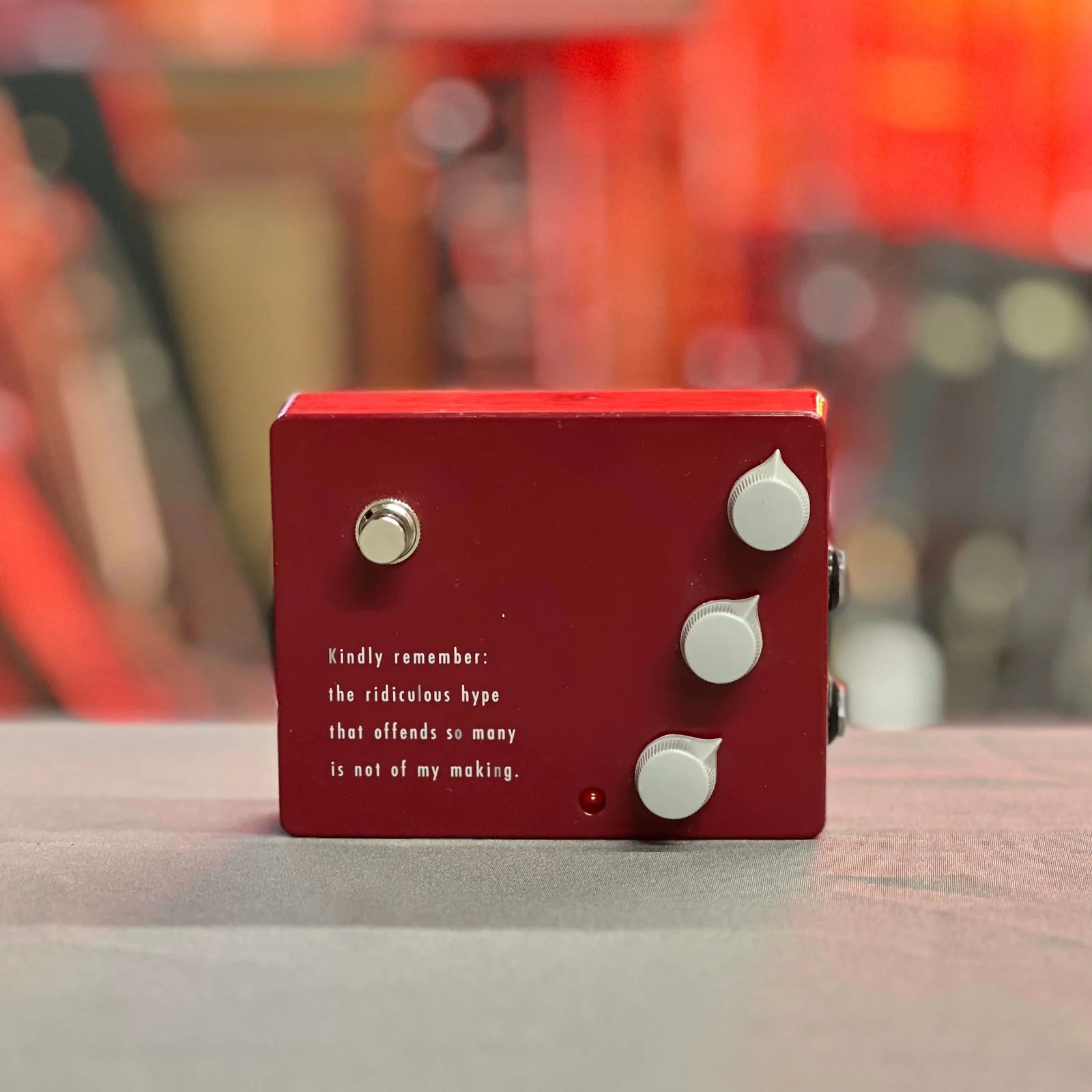A Brief but Complete Guide to the Klon Centaur
The Klon Centaur pedal has achieved legendary status, with guitarists willing to pay thousands of dollars for an original created by Bill Finnegan. It has been dubbed the "holy grail" of guitar tone by many. In this article, I will examine the hype surrounding the Klon, its strengths and weaknesses, its intended uses, and its modern counterparts.
What's intriguing about the Klon is that it has become more of a brand name than a representation of its sound or design. Unfortunately, the Klon is a prime example of a brand or hype overshadowing the actual sound and purpose of the device.
When Finnegan designed the original Klon in 1994, which came in gold and later silver, his objective was to create a boost pedal with grit that sounded more open than a tube screamer. Although the Klon was primarily a boost pedal, it did provide a unique midrange push and a specific style of grit that utilized germanium diodes.
Before the Klon, guitarists relied on overdrive pedals, treble boosters, and fuzz pedals to push their hot amps.
Overdrive pedals, such as the Tube Screamer, are soft-clipping devices that react similarly to a tube amp when clipping, resulting in a gentle cutoff of the transient. Conversely, distortion pedals like the Rat are more aggressive, chopping off the top of the transient.
It's important to note that distortion and overdrive are not the same in design.
What makes the Klon circuit unique is that it's a hard-clipping device, which may come as a surprise since it's not as high-gain as other hard-clipping pedals. Bill Finnegan discovered that using low-gain germanium diodes added a special quality to the tone. However, the Klon was not designed to be a gainy pedal into a clean amp. Instead, the intention was to use it with a cranked amp that's already breaking up, adding consecutive gain in series with a little boost from the Klon.
“What makes the Klon circuit unique is that it’s a hard-clipping device”
Typically guitarists were using it into amps that break up and not Fender Twin Reverbs. Think Marshall Amps, Vox, tweed-era Fenders, etc.
Misunderstandings
Over time, guitarists saw well-known players using the Klon and began using them as overdrive pedals with little knowledge of their intended use.
I'm not here to rain on anyone's parade or to yell at kids to get off my non-existent lawn (I live in Brooklyn after all). I'm all for exploring gear beyond its intended purpose. Leo Fender never intended for his amps to overdrive, yet it became the sound of rock n roll.
However, in my personal opinion, I don't think the Klon sounds all that great as an overdrive pedal. My friend and great guitarist Nicky Barbato disagrees. For me, the hard clipping of the pedal being run into a clean amp sounds unpleasant.
“just because something is popular doesn’t mean it’s great”
But how could that be for the god of all guitar gear? Remember, just because something is popular doesn't mean it's great. I can hear guitarists mumbling right now... "He doesn't save every penny for an all-original gold horsie for $4k?" The answer to that is no.
But that doesn't mean I don't like Klons. On the contrary, I see them like all other gear, situationally correct. When the context is right, the Klon can perfectly complement my guitar tone.
Klon Recipies
Let's look at some situations where I love using a Klon.
A Klon paired with a Marshall amp is a wonderful combo. I usually get the Marshall cooking with the volume about midway or a little below and then turn on the Klon with a volume boost and some light grit. I'm not cranking up the gain section of the Klon much. Instead, I'm more likely to use more output volume from the Klon to hit the Marshall's front end.
I use the Klon in a similar situation with Vox and Tweed-era Fender amps. Fender Tweed, Marshall, and Vox amps naturally lend themselves to overdrive.
When paired with a clean amp such as a Fender Deluxe Reverb or Twin Reverb, the Klon gets a different treatment from me. I tend to use the Klon as a preamp with very little gain and just a touch of extra output volume (about 1-2dB louder than when the Klon is off). I find that when set correctly, it can take some of the harshness away from the Deluxe or Twin, which is surprising given that the Klon is a hard clipping device.
When using the Klon in the preamp position with a clean amp, I always leave it on. It acts as a tone band-aid with backline amps, providing a nice chimey clarity and a touch of compression.
Most guitarists nowadays use Klons as an overdrive pedal on their pedal board. To me, the sound is small and compressed, and often I hear guitarists using it below unity gain when engaged, which doesn't help the tone. Running drive pedals at or below unity gain can make your drive sound small and disappear on stage or in the house.
Of course, sound is subjective, and the Klon as a drive pedal may be your thing. However, I recommend trying it as it was designed to hear what else it does because the Klon as a dirty boost is a unique thing.
The "Klon Effect" with a clean amp
If you only use clean amps but want to get that Klon as a boost sound, I recommend using the Klon as a gritty boost into a drive pedal. I love using the Effectrode Tube Drive as it's a real tube pedal that runs at plate voltage, which reacts like a real amp. I will run my Klon hot into the Tube Drive to push the tubes, and then use the output of the Tube Drive to bring the volume down to 1-2dB above unity gain.
You can, of course, experiment with different gain pedals for different flavors.
Chain of Command
Because of the various ways you can use a Klon, you could place it early in your chain to push other drive pedals, as I mentioned when pairing it with the Effectrode Tube Drive. Alternatively, you can place the Klon at the end of your chain as a preamp/boost pedal, right before hitting the amp.
Royal Dynasties
There have been full-out wars on message groups over the variances in sound between early Klons (gold vs silver), Klon KTR's, and copies. There is a camp that simply implies you cannot get the Klon sound without paying the $4k price tag for an original gold horsie.
I'm quite particular when it comes to tone. While I won't deny that the early Klons have a certain appeal, the differences between the gold and silver horsies, or between Bill's original run and his KTR series, are pretty subtle. They all sound great! There's no need to spend 7-8k on an original Klon to get that sound. It's not going to magically transform your tone in a way that a more affordable option won't. There are other factors that will have a much bigger impact on your sound.
“the differences between the gold and silver horsies, or between Bill’s original run and his KTR series, are pretty subtle”
Of course, that's not to say that a $40 Klon clone is going to sound the same as an original. I've heard comparisons where the host claims they sound identical, but I can tell the difference. Not all Klon clones are created equal. Cheap is still cheap. For a Klon copy to be good, it needs to use quality components and follow the secret recipe.
“Although the Klon was primarily a boost pedal, it did provide a unique midrange push and a specific style of grit that utilized germanium diodes.”
I remember when the Electro-Harmonix Soul Food came out, and everyone was excited about getting a cheap Klon. Personally, I think the Soul Food sounds terrible. It doesn't sound anything like a Klon to me. Sometimes people want to believe that the cheaper option is just as good.
As for the prices of original Klons, while it's true that they can now sell for 2-4k, this is not their original cost. They were manufactured and sold for around $300 when they first came out. The modern price tag has more to do with collectors, popularity, and usage by famous artists.
So, it's entirely possible to get a real Klon sound for under $500 these days. There are many great options on the market, and it's hard to keep track of them all.
Originally, Bill used epoxy to hide the circuit inside his pedals. As a small business owner, he didn't want others to take his idea and profit off of it, which is eventually what happened anyway. But he tried to slow that process down. Eventually, the circuit was decoded, and now many copies are being made.
I've found three that I love: the Bill Finnegan KTR (which is now out of production and prices have spiked to 1k and over), the Archer Gold Icon, and the FSC KB-1. They all sound fantastic! And if you're still struggling to get your tone right after using one of these and are convinced that you need an original Klon, you should take a closer look at your playing technique, your gear chain, and other factors that might be impacting your sound.
There is sometimes animosity towards Bill for the high prices of original Klons on the used market, but it's important to note that he doesn't profit from those sales. Bill personally made all of the original Klons himself as a one-man operation, which also meant he could only produce a limited number at a time due to the challenges of ordering parts, dealing with manufacturing flaws, customer service, and shipping. It was a lot of work, and he didn't have the resources to scale up production.
While the prices of original Klons may seem exorbitant, it's important to remember that they were sold for around $300 when they were first released. The current high prices are largely due to their rarity and desirability among collectors and famous musicians.
However, with the circuit having been decoded, there are now many quality Klon clones available on the market at much more reasonable prices. It's possible to achieve a great Klon sound.
Modern Takes
Now that enough companies have precisely replicated the Klon tone, some companies, such as FSC, are taking liberties with the circuit. For example, FSC KB-1 added a silicon side to their Klon style KB-1 pedal for an additional color that can get pretty gritty. With the classic germanium and silicon sides, the FSC allows you to cascade a second-stage soft-clipping silicon gain on top of the hard-clipping germanium diodes to get fuzz-like effects, but not quite what you're used to hearing from a fuzz.
Research Your Klon
Because there are so many copies on the market now, you have to do a little research, and you can't expect to set the knobs the same on each copy and have it sound the same. I can get pretty much the same sound through my Klon KTR, Archer Ikon, and FSC KB-1, but I have to dial in each one. So be mindful when comparing.
Coloring Book
When people talk about the Klon, they often use the term "uncolored," which I disagree with. The Klon certainly has a distinct sound, evident when you turn it on and off - your tone changes, period. I'm not sure when or where this marketing phrasing started getting thrown around with pedals, but the truth is that almost all pedals color your tone. The difference is whether you think that color enhances or detracts from your sound.
With the Klon, the low end is slightly truncated, and the upper mids are embellished. A Klon set traditionally as a boost will sound more open and less compressed than a Tube Screamer. The Klon adds a gentle compression, unlike the TS9, where the compression is more aggressive.
The Bottom Line
I hope this article has provided you with some understanding of the potential uses of the Klon. While it can be a fantastic pedal that enriches your guitar tone, it's important to let your ears be the judge of when it's best to use it, rather than being swayed by hype or marketing. Ultimately, the goal is to achieve the best sound for your playing style and musical context.



















